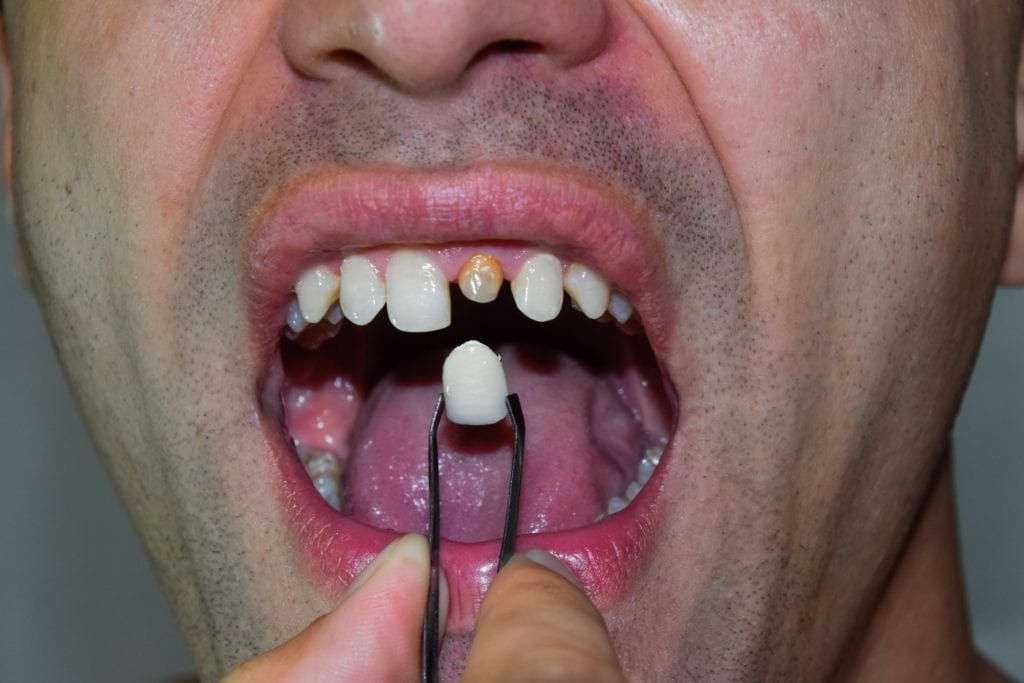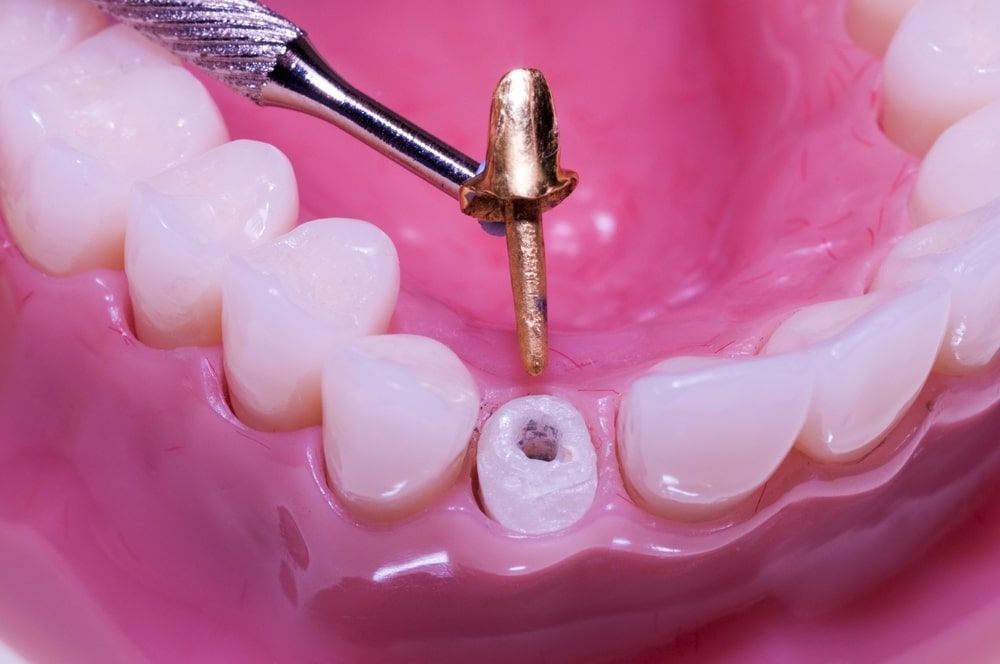If you’ve ever had a dental crown placed, you know that it is a cap that is cemented over your natural tooth. However, do you know how much tooth is needed for a crown? Chances are, probably not. Don’t feel bad though, this is not common knowledge (unless you’re a dentist!). Nevertheless, it doesn’t hurt to know how much tooth is needed for a crown so you have a better idea of what your dentist is working with.

For starters, your dentist may recommend a dental crown if you have a tooth that has a significant amount of damage or decay. In most cases, dental crowns are used to restore teeth that cannot be safely restored with a dental filling alone. For example, cases where the decay or damage spans over ¾ of the tooth.
The good news is that crowns are highly versatile in terms of how much tooth is needed. While there needs to be enough underlying structure to hold the crown in place and provide internal support, this structure does not necessarily need to be made of the natural tooth. In fact, there are other ways that your dentist can make a crown work with very minimal remaining tooth structure.
One way is to use composite resin to build up the tooth structure. Composite resin is a tooth-colored dental material that is applied in layers and then hardened in place. It is commonly used for dental fillings, as well as dental bonding. Although composite resin on its own may not be strong enough, it works well to build up a base for the dental crown.

Another way to place a crown with minimal tooth structure is the post-and-core foundation. This method is used to repair significant damage or decay that has reached the dental pulp. Prior to placing the foundation, however, your dentist will perform a root canal to remove the infected or damaged tissue. This will leave the inside of your tooth hollow so an adequate foundation can be placed.
The post-and-core foundation technique fills the pulp chamber with a rubberized material called gutta percha and places a small metal post inside the tooth. The gutta-percha provides internal stability to the remaining tooth structure and the post allows for the placement of a dental crown once the tooth has been sealed.
There is also a special type of dental crown that can be used to replace a missing tooth. This type of crown is known as an implant-supported crown. Like the name suggests, a dental implant is placed to support the crown. A dental implant is an artificial tooth root implanted into the jawbone that has a metal abutment, or post, sticking out of the gums to place a dental crown.
Overall, dental crowns can generally be placed regardless of how much tooth structure is remaining. There may simply need to be some extra steps in the process to ensure there is an adequate base to support the crown. However, there are some exceptions, so you will need to speak with your dentist to determine if any of these methods are right for you.

